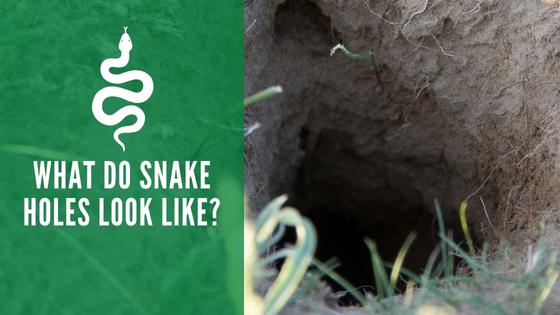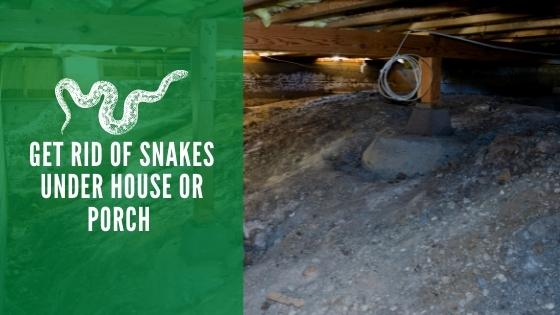Where Do Garter Snakes Hide in a House?
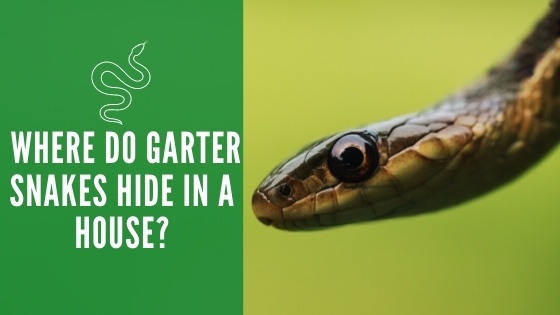
For some, the thought of any snake in your house is enough to make you run in terror. Some do not mind our slithery friends and even keep them as exotic pets.
Most can agree that we do not want any wild snakes in our home, even harmless garter snakes. Here are a few suggestions of what to do if you suspect that a garter snake has taken up residence.
Make a Proper Identification
If you happen to see the snake, garter snakes are easy to identify. The first thing you want to do is make sure it is a garter snake and not a poisonous variety. If you are not sure, it might be a good idea to call a professional rather than take the risk.
Garter snakes are usually around 2-3 feet long but can be as much as four feet. Baby garter snakes are less than six inches long. Snakes regularly shed their skin as they grow, and you might find a few lying around your home or garden as a sign they are around. They usually shed three or four times a year, and you can see the markings on the dried skin.
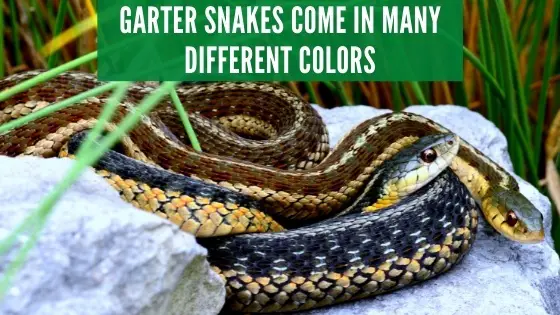
Many different types and colors of garter snakes can be found in different parts of the United States. One of the most telling features is the presence of lateral lines in contrasting colors running down the back and sides of the snake. They can be orange, cream, yellow, bright red, white, or blue.
Garter snakes are not venomous and are not harmful to humans or pets. They have oral digestive glands, and some people might react similarly to an allergic reaction to these juices. For the most part, they are harmless unless you happen to be their prey.
How Do You Know If You Have a Garter Snake Infestation?
One way to know if you have garter snakes around your home is if you see one. If you see one, you likely have more than one and possibly a nest. Another thing you might find is shed skins from young snakes, especially in the spring. If this is the case, you know you have a breeding population.
How Do You Catch a Garter Snake in Your House?
If you are not afraid of snakes, you can pick one up. They will often try to seek cover if you approach them long before you see them. They will never attack you offensively, but if they feel threatened, they might try to fend you off by lunging at you with their mouth open. They will usually try to flee and only attack if they see no other way out of the situation.
If you corner one and try to pick it up, it might try to attack you repeatedly. The lunging display is an attempt to scare you off so it does not have to bite, but it will bite if nothing else works. For smaller snakes, a thick pair of leather gloves or barbecue mitts are usually enough for protection. When picking a snake up, grasp it firmly behind the head while wearing gloves.
You could also scoop it in a jar or bucket if you do not want to handle it. You can also use a broom to sweep the snake into a bucket.
Where Do Garter Snakes Hide in a House?
As snakes grow, they must have heat. They must have an outside food source and heat because they do not produce body heat themselves. If they do not have an external heat source, they cannot digest their food. A snake can starve even if it has just eaten if it cannot find an external heat source.
Garter snakes that live in the northern portions of the country can be found living in rock walls in large numbers for this reason. They are attracted to the warmth of the house, which they need to survive. This is especially the case in the fall as the temperatures begin to cool.
The colonies living in rock walls can be quite large. Sometimes, the only solution found was to replace the rock wall with concrete so they could not find a place to hide. They will also squeeze between cracks or openings between boards. You can often find them in mulch or in garden beds that are beside your home.
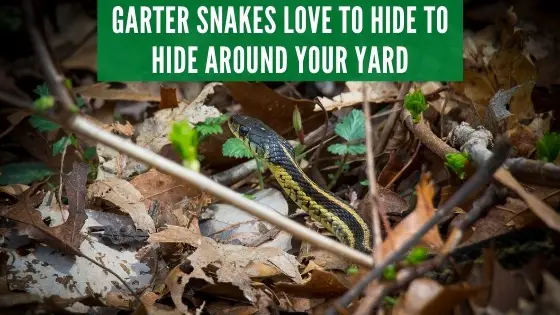
Garter snakes love to hide under dried leaves, overhanging shrubs, under dead tree branches, and rocks. They love dark, damp basements with plenty of insects to eat. Snakes cannot dig their own hole and must seek refuge by forcing their head through a hole or opening. Their ability to do this is amazing, and they can fit through an opening as small as ¼ inch.
Some places you might find garter snakes include:
- Garages
- Basements
- Under seldom-used doors
- Window frames
- Outdoor water faucets
- Foundation cracks
- Dryer vents
- Sump pump drain lines
- Around utility lines
- Between bricks and cracks in stucco
- Rock walls
- Under yard debris
- Under insulation in attics
As you can see, you can find them almost anywhere that is shelter and the right temperature.
What Attracts Snakes to Your House?
The first thing that will attract garter snakes to your home is the presence of food. They are opportunistic feeders and will eat a variety of foods. They are carnivores and will not eat your garden plants, but they will eat things like termites, grubs, worms, and other soft insects. They will eat minnows, tadpoles, and frogs near ponds.
Garter snakes have a unique way of killing prey. They do not constrict it but rub or squeeze it against a rock, log, or another fixed object until the prey is swallowed. They must swallow their prey whole and cannot take a bite from it. The size of the snake’s mouth limits what it can eat.
They will also occasionally eat a mouse or other rodents and feed on dead animals, especially dead earthworms. They love to eat the grubs that destroy your lawn. Now that you know what they eat, you know what you need to keep away from your home if you do not want to attract them.
Another thing that attracts snakes to your home is a water source. They will seek out cool walls of homes in the summer to find shelter from the heat. They hibernate in the winter, but as the weather begins to turn cool, they might also seek out our homes for heat.
How to Keep Garter Snakes Away from Your House
The good news is that garter snakes are considered a gardener’s friend because they eat insects that can harm crops. They have many predators, including cats, dogs, crows, hawks, badgers, raccoons, foxes, skunks, opossums, owls, and others.
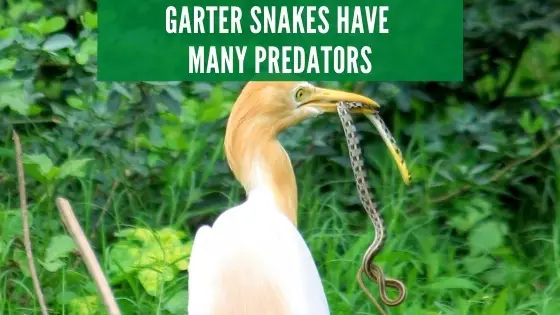
Garter snakes are not known to transmit any parasites or diseases to humans or other animals that might contact them.
If you consider the garter snake an unwanted pest, the best thing you can do to rid yourself of them is to look around your home and remove any food sources or habitat that might attract them. Sealing any holes or cracks is the best way to keep them from getting inside your home.
Remember that snakes can climb, and they have been known to come through the louvers on an attic. Placing a wire mesh screen on the inside will keep snakes, bats, and other unwanted pests from your attic.
Repellents and traps are available, and some claim that natural remedies like mothballs and sulfur will keep them away. Scientific studies have shown that they do not work. The elimination of habitat was found to be the best way to keep garter snakes away from your home.
Sources:
https://digitalcommons.unl.edu/cgi/viewcontent.cgi?article=1431&context=gpwdcwp
https://wildlife.unl.edu/pdfs/garter-snakes-in-around-home.pdf


